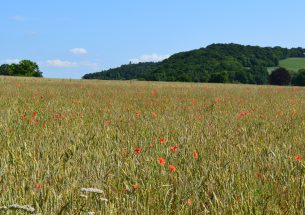News and Opinion
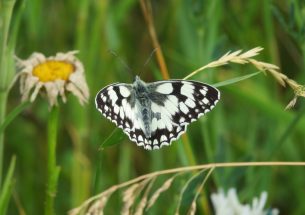
Rolling wildflower blocks: benefits for biodiversity
READ MORE about Rolling wildflower blocks: benefits for biodiversity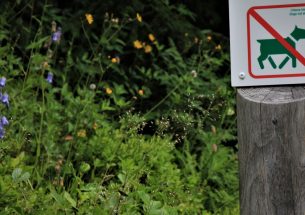
Dog faeces and urine could be harming nature reserves, according to new study
READ MORE about Dog faeces and urine could be harming nature reserves, according to new study
Managing agricultural biodiversity takes time
READ MORE about Managing agricultural biodiversity takes time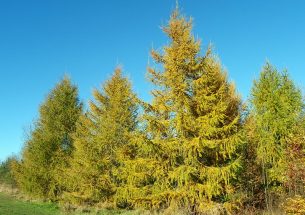
Tree species diversity is no protection against bark beetle infestation
READ MORE about Tree species diversity is no protection against bark beetle infestation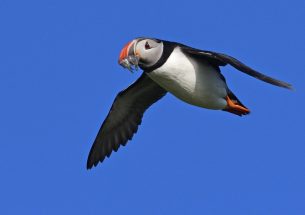
Lack of prey reduces breeding success in puffin populations
READ MORE about Lack of prey reduces breeding success in puffin populations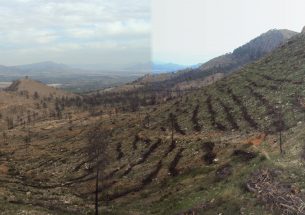
Changes in ecosystem properties after postfire management strategies in wildfire affected Mediterranean forests
READ MORE about Changes in ecosystem properties after postfire management strategies in wildfire affected Mediterranean forests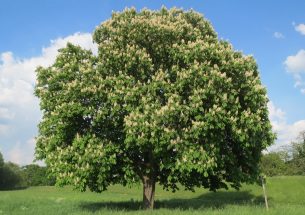
Climate warming linked to tree leaf unfolding and flowering growing apart
READ MORE about Climate warming linked to tree leaf unfolding and flowering growing apart
More frequent and extreme marine heatwaves likely to threaten starfish
READ MORE about More frequent and extreme marine heatwaves likely to threaten starfish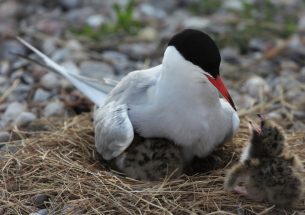
Saving your data together helps bird research
READ MORE about Saving your data together helps bird research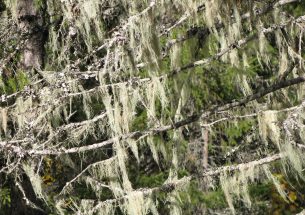
New knowledge on how climate affects pendulous lichens in northern forests
READ MORE about New knowledge on how climate affects pendulous lichens in northern forests
Bumblebee queens migrate for hundreds of kilometres
READ MORE about Bumblebee queens migrate for hundreds of kilometres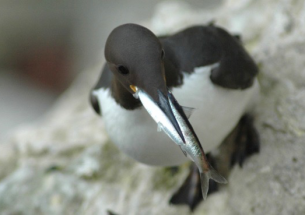
How top predators and fisheries can survive on the same prey
READ MORE about How top predators and fisheries can survive on the same prey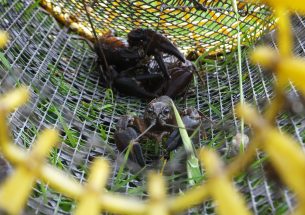
Crayfish ‘trapping’ fails to control invasive species
READ MORE about Crayfish ‘trapping’ fails to control invasive species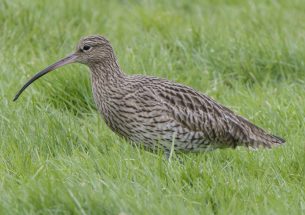
Debate needed on the potential culling of generalist predators such as crows and foxes to protect Europe's declining ground-nesting birds
READ MORE about Debate needed on the potential culling of generalist predators such as crows and foxes to protect Europe's declining ground-nesting birds